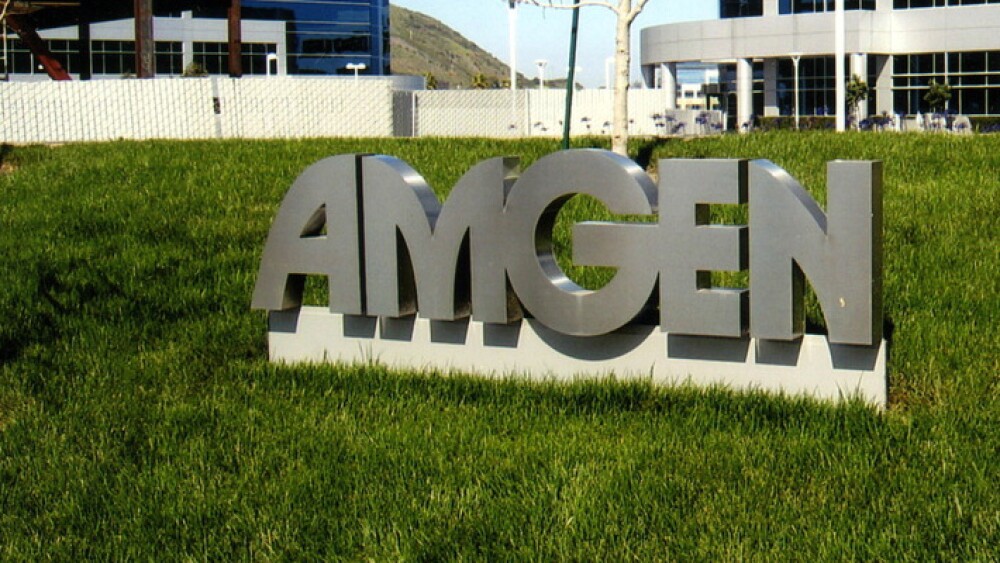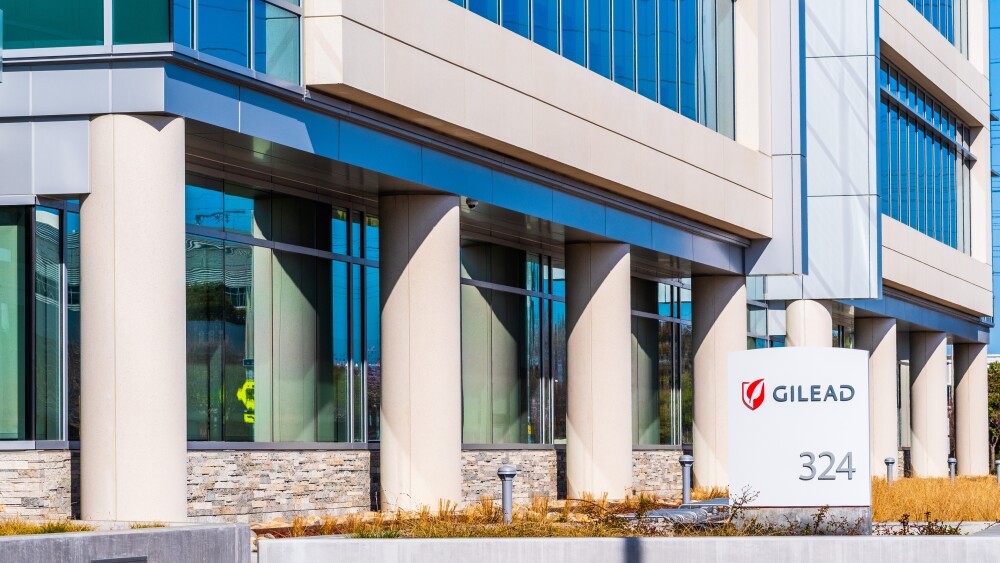March 4, 2016
By Alex Keown, BioSpace.com Breaking News Staff
THOUSAND OAKS, Calif. – Amgen is in for a long fight as the company fights to protect its patents from biosimilar drugs that threaten a significant portion of the company revenues, bidnessetc reported this morning.
Four of Amgen’s drugs are facing the threat of biosimilar drugs, including the cancer drug Neupogen, which is used to treat neutropenia, which is caused by a lack of certain white blood cells due to cancer. Another Amgen drug facing biosimilar threats from Sandoz and Pfizer ’s subsidiary Hospira is the anemia drug Epogen, bidnessetc said. Amgen is fiercely contesting threats against these drugs in U.S. courts.
Amgen has already felt the sting of biosimilar challenges. In September, Novartis and Sandoz launched the first approved biosimilar Zarxio in the United States after a U.S. court denied Amgen’s appeals to block sales of the drug, which is a “copycat” version of that company’s blockbuster treatment Neupogen. Amgen sought to protect its revenue stream by blocking the sale of Zarxio in the United States. In July, a U.S. appeals court ruled that Novartis had to wait until Sept. 2 to launch its biosimilar of Amgen’s. That month the U.S. Food and Drug Administration granted Sandoz’ application for a biosimilar version to Amgen’s Neulasta, called pegfilgrastim, which is used to fight infection in cancer patients. Over the summer the FDA accepted Sandoz’ submission for approval of a biosimilar copy of Amgen’s blockbuster Enbrel drug, which generated $5 billion in sales for Amgen in 2015. Amgen is currently fighting the FDA’s ruling in court to protect its revenue stream from Enbrel.
Biosimilars, which are made inside a living cell, are always uniquely different in composition, which differentiates them from generic drugs, which are exact replicas of other drugs. They have been widely available in Europe since 2006, but the FDA was only granted the right to review and approve them when Obamacare was passed in 2010.
While Amgen is fighting to protect its patents, it has also challenged patents of other companies in order to develop its own biosimilar drugs. Earlier this year, U.S. patent officials denied Amgen’s petitions to review patents on AbbVie ’s Humira, which will hinder Amgen’s development of a biosimilar to the blockbuster anti-inflammatory treatment.
Amgen has nine biosimilar molecules in its pipeline, with the potential to launch five of its biosimilars between 2017 and 2019. The most advanced is ABP 501, a biosimilar for Humira. In Oct. 2015, Amgen announced positive Phase III results of ABP 501, a biosimilar to Humira (adalimumab) in patients with rheumatoid arthritis.
Some see biosimilars as a threat to the profit margin of pharmaceutical companies. Citigroup analysts have predicted a transfer of at least $110 billion of value from innovator companies to copycat producers in the next decade, Reuters said. Express Scripts, a manager of drug benefit plans in the U.S., estimated the U.S. could save $250 billion over a 10 year span of 2014 and 2024 if 11 of the likeliest biosimilars reach the market.
In October, Novartis, the parent company of Sandoz, said it anticipated 10 more biosimilar filings within the next three years. Currently biosimilar drugs earn Novartis about $500 million annually, but the company expects that to increase by about 20 percent.





